Prompt action can bolster chip sector
What is your perspective on the current state of the semiconductor industry?
 |
| Arnaud Ginolin |
The semiconductor industry is seeing a combination of growth, innovation, and transformation. It’s an exciting time as we witness this sector evolve into a trillion-dollar market by 2030, nearly doubling its current size of $600 billion.
The driving force behind such growth is two-fold. Firstly, the demand for cutting-edge technologies like AI and autonomous driving is fuelling a need for more chips, and these chips need to be faster and stronger. This surge in demand not only benefits traditional semiconductor players but also opens the door for the emergence of new segments like advanced packaging or new instruction set architecture, expanding the industry’s horizons.
What’s equally intriguing is the shifting geo-dynamics within the semiconductor landscape. The traditional order of established players rooted in certain regions is breaking down. Leading semiconductor giants are expanding their footprint, setting up research and development centres and manufacturing sites worldwide.
To effectively capitalise on the ongoing transformative changes, Vietnam must act promptly and implement strategic measures that align with the evolving dynamics of the global landscape.
What are the advantages of becoming a global semiconductor hub?
Vietnam’s potential to become an international semiconductor hub rests on a combination of strategic advantages. Firstly, its geographical location at the crossroads of Southeast Asia positions it as a pivotal manufacturing and trade hub, facilitating easy access to key markets.
Secondly, Vietnam possesses a skilled and adaptable workforce, particularly in manufacturing, established supply chains, and solid infrastructure, particularly in the northern region. These attributes have already attracted major semiconductor companies, including key players in advanced packaging like Intel, Hana Micron, and Amkor Technologies.
Furthermore, Vietnam has established a strong presence in electronics manufacturing, albeit leaning more towards downstream activities. This presents a unique opportunity for the country to ascend the value chain within the semiconductor sector.
The convergence of these factors positions Vietnam as a compelling candidate to harness the seismic trends sweeping through the industry.
What specific steps can Vietnam implement to draw in top-tier semiconductor companies?
Vietnam’s government has set its sights on becoming a global semiconductor hub, and the last six months have been nothing short of impressive in this endeavour.
Notably, US President Biden’s recent visit to Vietnam was a pivotal moment that underscored the country’s commitment to fostering its semiconductor industry. The visit served as a platform to strengthen partnerships with key players in the semiconductor field, further solidifying Vietnam’s position on the global tech map.
As the world experiences a semiconductor supply chain crisis, Vietnam’s aspirations couldn’t be timelier. The country’s semiconductor industry has immense growth potential, and the recent momentum is promising. However, to sustain this growth trajectory, Vietnam must remain proactive and innovative.
To sustain this momentum, Vietnam must proactively craft a well-defined strategy and a targeted value proposition. A comprehensive policy roadmap, featuring additional incentives to entice investment and a robust intellectual property protection agenda, should be considered.
How can Vietnam accelerate its talent development to meet the demand of the semiconductor industry?
Effective training and education are paramount in addressing the workforce needs of the semiconductor industry. However, the first step involves clearly defining Vietnam’s desired position within the semiconductor value chain.
This is particularly crucial because the skill sets required vary depending on whether the focus is on assembly and testing, design, or more complex manufacturing. Once the positioning is established, the second step entails scaling up training and education across all levels.
Furthermore, vocational training should offer specialised courses tailored to semiconductor-related activities. One often overlooked aspect is retraining and upskilling the existing workforce, allowing employees from electronic manufacturing plants to transition into the sector. Another key element is forging international partnerships.
Collaborations with leading universities in the US, Japan, South Korea, and Europe facilitate the accelerated transfer of knowledge and resources, significantly contributing to the training and development of the semiconductor workforce.
| Amkor’s global largest semiconductor plant inaugurated On October 11, after nearly two years of construction, Amkor Technology Vietnam officially inaugurated the world's largest Amkor factory at Yen Phong 2C Industrial Park in Bac Ninh province with Viglacera Corporation, a major building materials maker and industrial park developer in Vietnam, acting as the developer. |
| Vietnam making new moves in multibillion-dollar semiconductor industry Vietnam is making strong progress in advancing its standing in the global semiconductor supply chain as many of the world’s largest chip manufacturers have landed in the Southeast Asian nation, insiders said. |
| Ministry, institutions move to develop high-quality semiconductor manpower The Ministry of Education and Training (MoET) and educational institutions are working to promote the training of human resources for the semiconductor industry, which now has great demand for high-quality manpower. |
What the stars mean:
★ Poor ★ ★ Promising ★★★ Good ★★★★ Very good ★★★★★ Exceptional
Related Contents
Latest News
More News
- ST Telemedia and VNG launch data centre partnership (May 17, 2024 | 08:24)
- VNDirect invests in food operator (May 17, 2024 | 07:44)
- Multinationals keen to thrash out global tax arrangements (May 15, 2024 | 18:00)
- Huge capital currently out of reach for steel transition (May 15, 2024 | 14:58)
- FDI focus for twin transition intensifies (May 15, 2024 | 14:34)
- Long Son Petrochemicals expected to start commercial operations in August (May 15, 2024 | 12:15)
- Vietnam and Denmark cooperate on food and agriculture (May 14, 2024 | 18:50)
- Green economy, digital economy breakthrough of Vietnam-China ties: PM (May 14, 2024 | 17:00)
- Index seeks to boost green behaviour (May 14, 2024 | 11:29)
- Local competition and greener projects must be encouraged (May 14, 2024 | 11:24)

 Tag:
Tag:


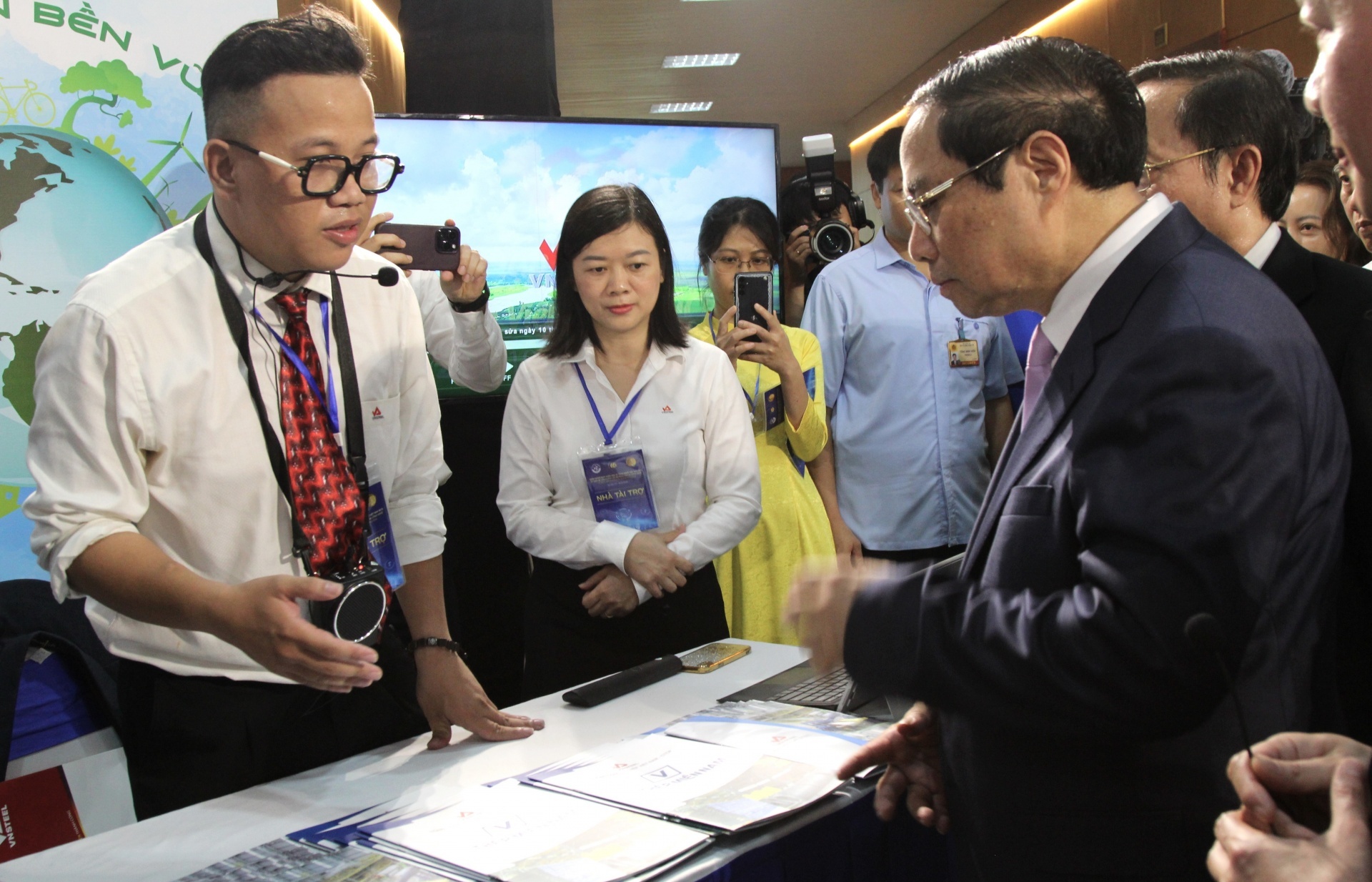


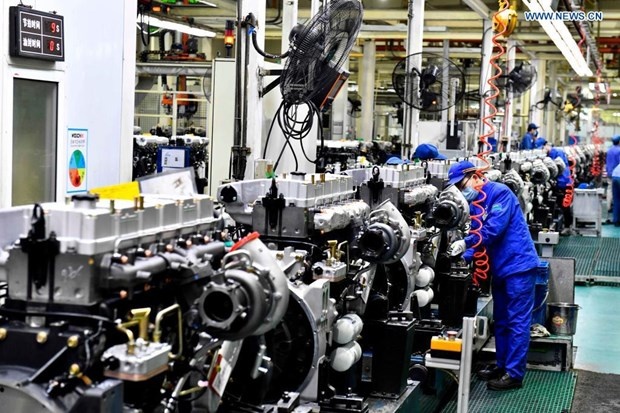


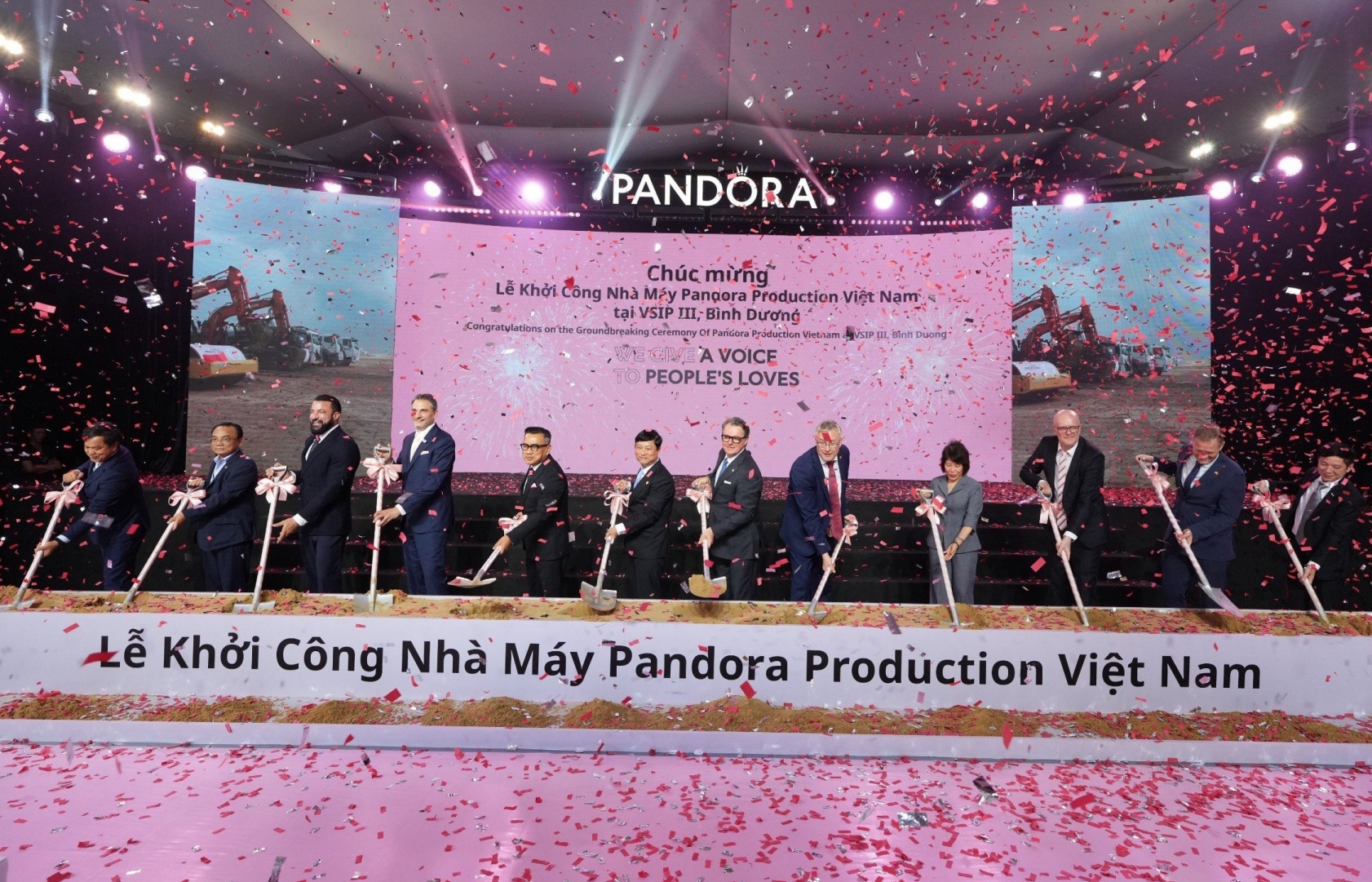

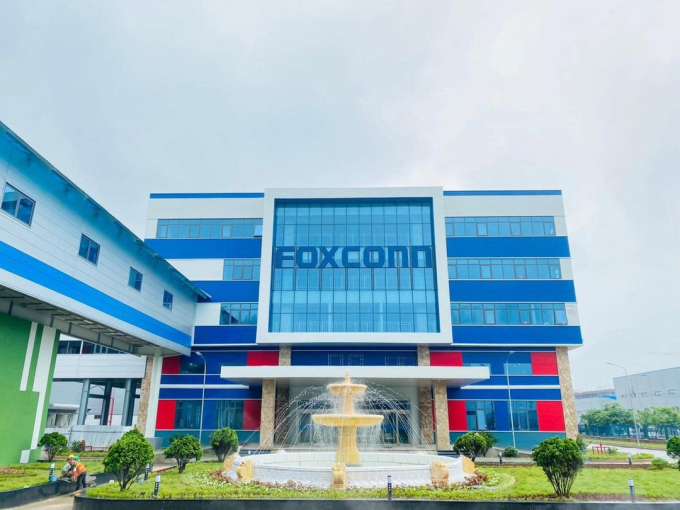


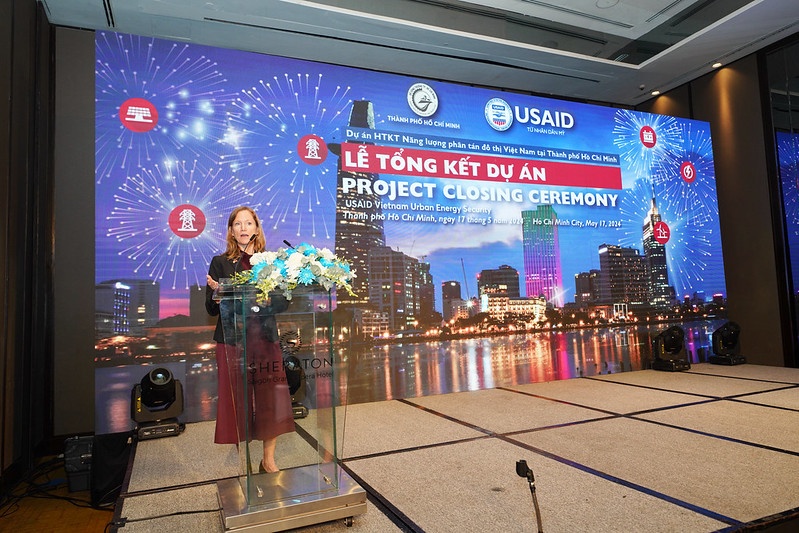





 Mobile Version
Mobile Version